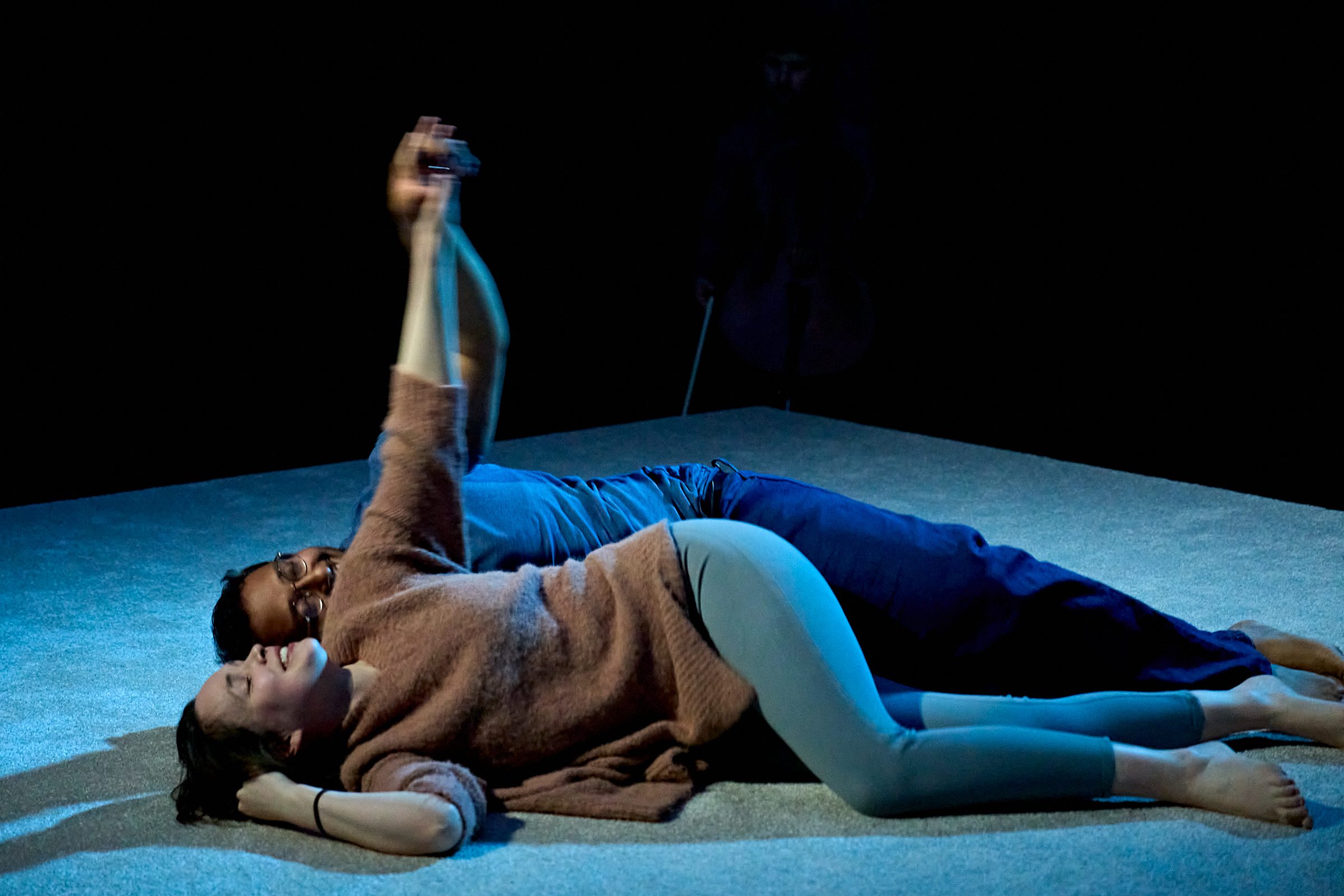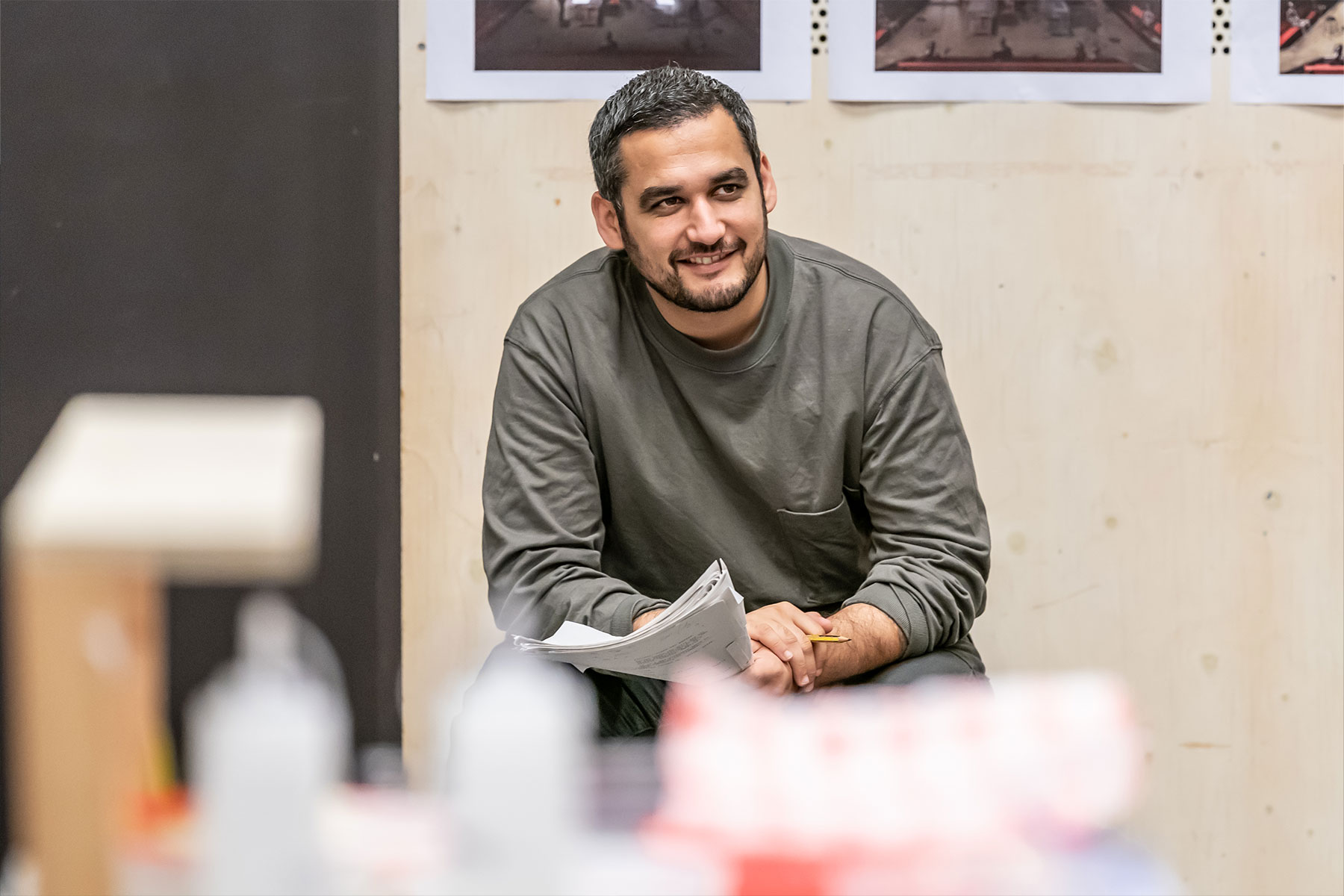A Conversation With Edith Head
If you want to relish the stylish, acerbic, frighteningly successful Edith Head, designer of every fab frock of Hollywood’s golden age from Bette Davis’ “bumpy night” dress to Audrey’s Cinderella gown in Roman Holiday, I strongly suggest you hie yourself down to Wikipedia.
In Head’s signature sharp suit, dark glasses and severe black fringe Susan Classen as actor and co-writer captures some of Head’s wise-cracking iron will but the script of repetitive facts, figures and the odd starry story gave her no-where to go but in circles around her infatuation with her subject.
The ill-conceived An Audience With…format puts us in 1981 (we know it’s ages ago because Elizabeth Taylor is reportedly growing old gracefully). Head duly responds to questions apparently submitted by the audience and courts our responses. Dutifully we chorused our lines as if in some camp pub quiz at the Coconut Grove “Debbie Reynolds gave birth to?” “Carrie Fisher !” etc. She has some killer comedy quotes but this is not stand-up and when faced with an unscheduled question or neat comeback Classen was thrown. With her own plant already asking scripted leading questions, why drag us into it anyhow?
This is a shame because Head provides a provocative figure. Her very self-styled image deflected attention making her elusivity all the more intriguing. Jewish by birth, Catholic by conversion, schoolteacher by profession, Head butted into the male ranks of studio design – 1,131 films, 8 Oscars, 2 husbands and 6 decades of costume design – but the play is as theatrical as its blurb. Where was she on WWII, McCarthy, women’s rights, religion, marriage, The New Look, on polyester for heavenssake? Co-writer Paddy Calisto doesn’t ask. How did she approach translating text and character into costume? What motivated her? Five minutes before the end it is too late to slip in “I was always in a mirror behind someone famous.” Surrounded by photos and dressed mannequins in a detailed and evocative design by James Blair ( and Classen of course) she remains defined by her work and her more famous friends.
Even this theme is not emotionally explored. What was in the gulf between the severe, mannish designer and the decadent, sensuous expressions of female glamour and sexuality she created? That gulf needs exploring but Classen and Calisto lacked a director to tell them they were not the girls for the trip.
– Triona Adams










